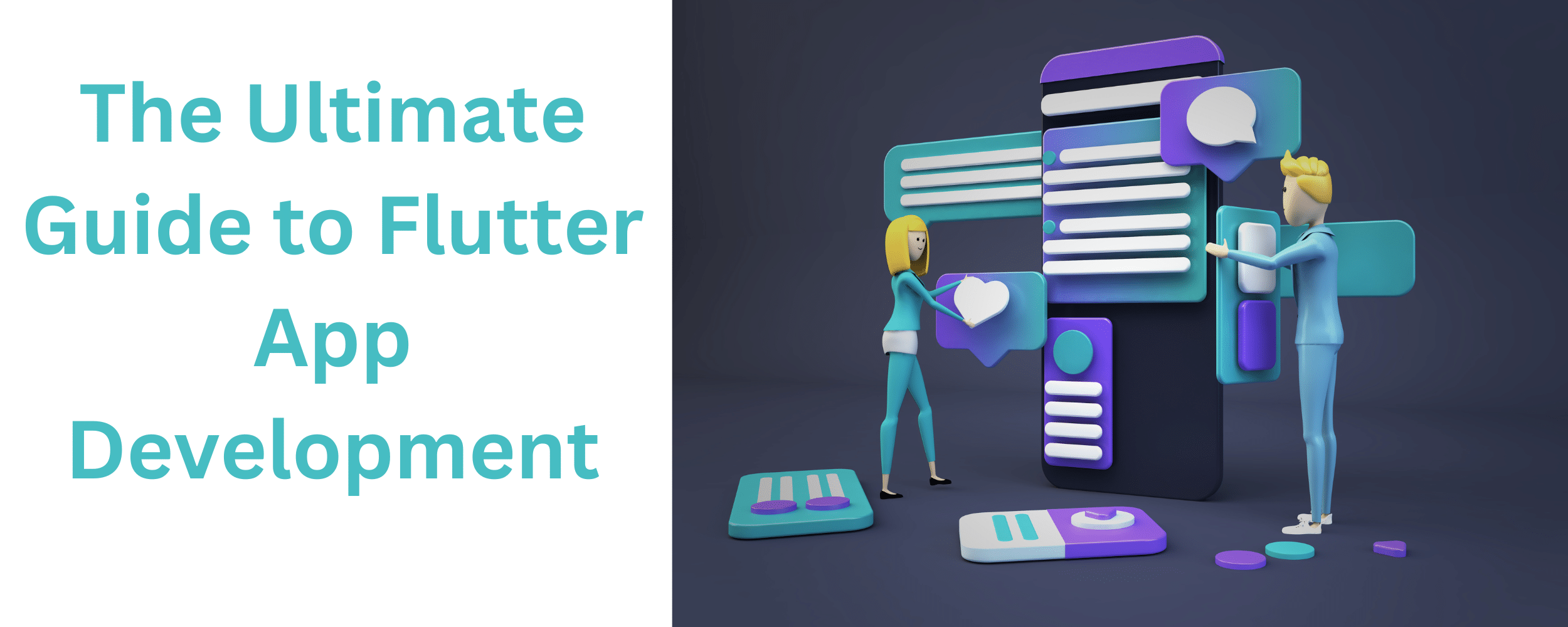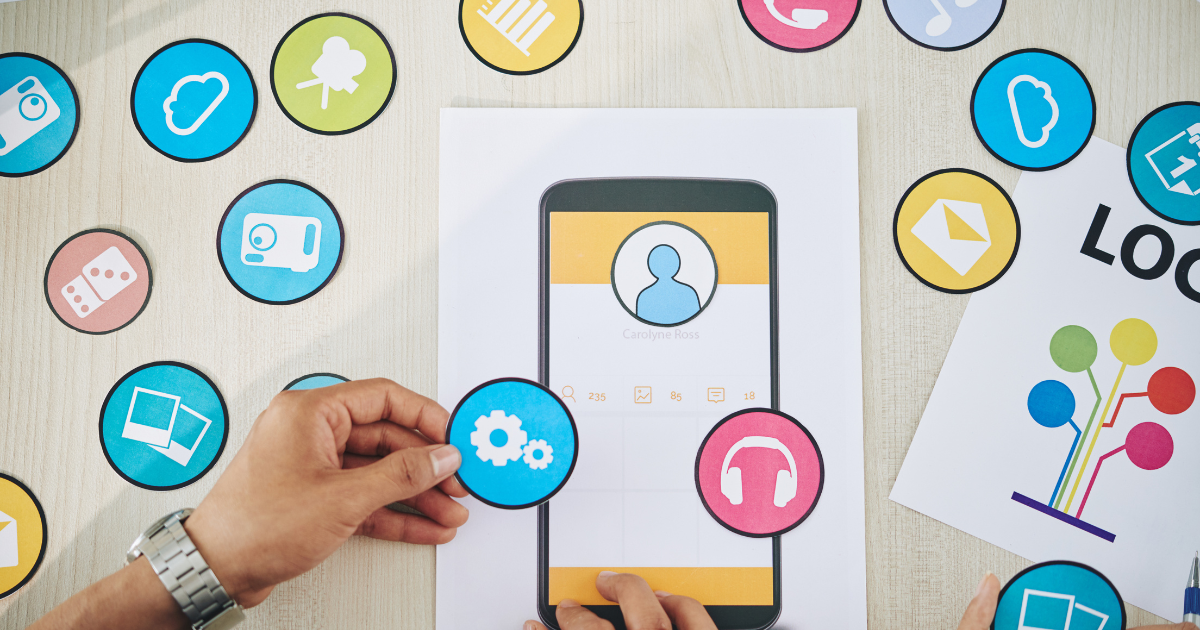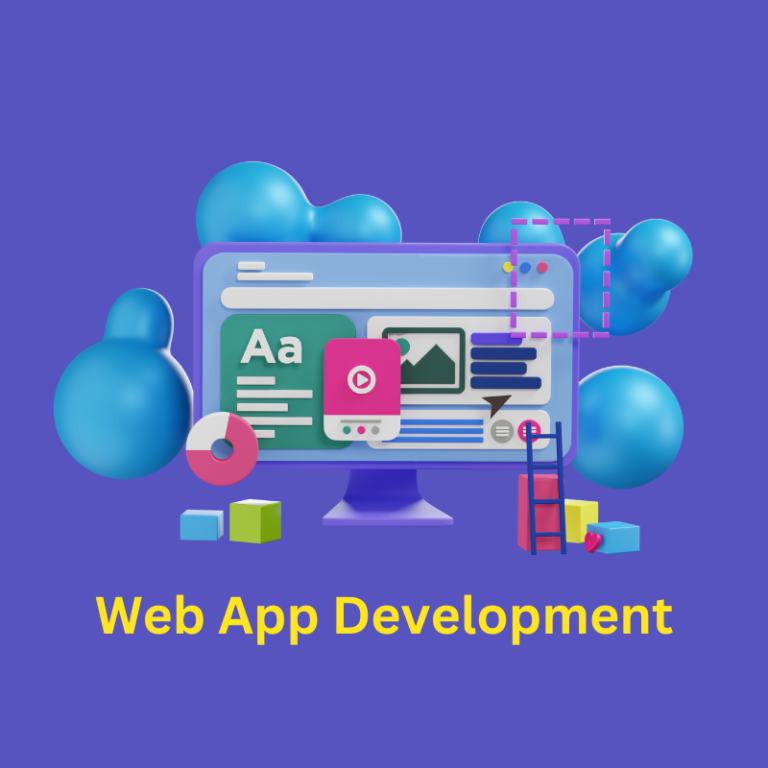The Ultimate Guide to Flutter App Development
Have you ever heard of Flutter? If you’re a student, you probably haven’t. If you’re interested in technology and app development, Flutter is the perfect platform. Let’s take a look at what exactly Flutter is and why it’s so popular.
What is Flutter?
In its most basic form, Flutter is an open-source user interface (UI) design framework developed by Google. It is primarily used to develop mobile applications for both Android and iOS devices. However, it can also be used to create web apps as well.
The main advantage of using Flutter is that it allows developers to write code once and then deploy it on both platforms without having to rewrite any code or learn new languages. As such, developers can save time and effort when developing apps that work on multiple platforms.
How Does Flutter Work?
Flutter works by leveraging the Dart programming language, which allows developers to write code in one place and compile it into native ARM code for both Android and iOS devices. This means that developers can write their code in Dart instead of writing separate code for each platform and have it run on both platforms with relative ease.
Furthermore, the Dart language supports hot reloading, allowing developers to quickly preview changes they make in real-time without recompiling their entire project every time they want to check something out.
This makes developing apps with Flutter much faster than other frameworks since updates can be seen instantly instead of having to wait for a full compilation process every time an update needs to be tested or implemented.
Why Flutter Is So Popular?
One of the primary reasons Flutter has become so popular among app developers is its ease of use compared to other frameworks like React Native or Xamarin. Additionally, since all UI components are written using Dart rather than native Android or iOS languages like Java or Swift, the learning curve associated with developing apps using these frameworks is significantly lower than other options on the market today.
Finally, since there’s no need to rewrite code for different platforms, developers can focus more energy on designing a great user experience using a single codebase instead of constantly rewriting their codebase for different operating systems.
Pros and Cons of Flutter App Development
Pros of Flutter App Development
1. Cross Platform Support
One of the main advantages of using Flutter is that it supports cross-platform development. This means that with one code base, developers can create native apps for both iOS and Android devices.
Not only does this make the development process faster, but it also ensures that users have a consistent experience across multiple platforms. Additionally, since all code is shared across platforms, any changes or updates made in one place will be applied automatically to both versions of the app.
2. Faster Development Process
The hot reload feature in Flutter enables Flutter developers to make changes and see results almost immediately on their device or simulator. During the development process, developers can make quick changes quickly without having to restart their program or recompile the codebase each time they make an adjustment.
This helps speed up the entire development process and makes it easier for developers to test out different ideas without needing to spend too much time on implementation.
3. Translation Ready
Another advantage of using Flutter is that it supports language localization out of the box. This means that you can easily add support for multiple languages within your app without needing extra libraries or plugins. In addition to being able to translate text into different languages, developers can also localize images, dates, times, numbers and more with just a few lines of code!
4. Open Source Framework
Flutter is an open-source platform which means anyone can contribute their own improvements and bug fixes back into the community version which everyone else can benefit from as well. With such a large community behind it, there are always new features being added and bugs being fixed so your app remains secure over time without having to do any extra work on your part!
Plus, if you ever run into any problems while developing with Flutter there will likely be someone who has already experienced and solved that issue before – making it easy for you to get back up and running quickly!
5. Comprehensive Documentation
Finally, one of the best advantages of using Flutter is its comprehensive documentation which covers everything from installation instructions all the way through how-tos for building complex animations within your apps. This makes it easy for even someone who’s never developed an app before to quickly get up and running with minimal effort – saving both money and time in the long run!
Cons of Flutter App Development
1. Lack of Third-Party Libraries
While the official libraries offered by Flutter are extensive enough for most projects, there aren’t as many third-party libraries available compared to other platforms like React Native or Ionic. This means that if you need a specific library or plugin for your project, chances are that you won’t be able to find it on Flutter.
2. Platform Specific Features
There might be features unique to either Android or iOS that won’t work with your applications if you use only one codebase due to certain limitations with the platform itself. This means that developers might have difficulty implementing certain features depending on their platform requirements.
3. Limited Support from Google
Even though Google created the platform (as well as Dart — the language used by Flutter), it does not provide much direct support when it comes to fixing bugs or troubleshooting issues related specifically to Flutter applications. Most of this support comes from third-party developers instead.
What Types of Apps Can be Made with Flutter?
With the help of Flutter, you can do almost any type of app development using Flutter— from simple utility apps to complex gaming apps. You can even use it to build out enterprise-level applications with complex data structures if needed.
Additionally, since Flutter uses Google’s Dart programming language, you don’t need any prior knowledge or experience when building mobile apps with this tool — making it ideal for students who are just getting started in the world of app development.
Examples of Popular Apps Created With Flutter
If you need some inspiration, here are a few popular apps that were created using Flutter:
- Alibaba (an eCommerce platform)
- Hamilton Musical (a musical streaming service)
- Reflect (a personal journaling app)
- Grab (a ride-hailing service)
All these apps have millions of users across all major mobile operating systems, proving just how versatile and powerful Flutter is when used correctly!
Skills Required to Learn Flutter App Development
Developing an app is no small undertaking. It requires a special set of skills and knowledge, especially if you’re looking to mobile app development with Flutter. But don’t let that deter you!
Learning the basics of Flutter App Development doesn’t have to be daunting. In this section, we’ll explore the skills and knowledge required for learning Flutter App Development and how you can get started on your journey. Let’s dive in!
1. Basics of Computer Programming
Before getting into the specifics of developing an app with Flutter, it is important to understand the basics of computer programming. If you are new to programming, it is recommended that you learn some basic coding fundamentals first.
This will help you understand the logic and structure behind programming languages such as Java, C++, or JavaScript before moving on to learning the specific language used in developing apps with Flutter–Dart.
2. Flutter Framework Knowledge
It’s essential that you familiarize yourself with the basics of the Flutter framework before diving into app development. The key elements that you should understand include widgets, layouts, themes, and state management (how your app handles data).
This will provide a solid foundation for building out complex apps and ensure that your codebase is organized and easy to maintain. Additionally, understanding these core concepts will make it much easier for you to pick up other frameworks like React Native or Ionic in the future.
3. Familiarity With Platforms & Tools
In addition to understanding coding fundamentals and having a good grasp on the core concepts behind developing an app with Flutter, it is important that you also become familiar with other tools and platforms related to mobile development – such as Firebase or AWS (Amazon Web Services).
These tools are often used for authentication, database management, analytics tracking or push notifications in mobile applications – so having a good understanding of them will be incredibly valuable when starting out on your journey as a mobile developer.
Conclusion
Flutter has quickly become one of the most popular app development frameworks available today thanks to its ease of use and low learning curve associated with getting started compared to other frameworks on the market today.
With its ability to enable developers to write code once and deploy it across multiple platforms quickly and easily, it’s no wonder more students are turning towards this powerful tool when looking for ways to develop amazing apps quickly and efficiently!
Whether you’re just starting in your coding journey or have years of experience under your belt – there’s no doubt that Flutter should be something worth exploring!














